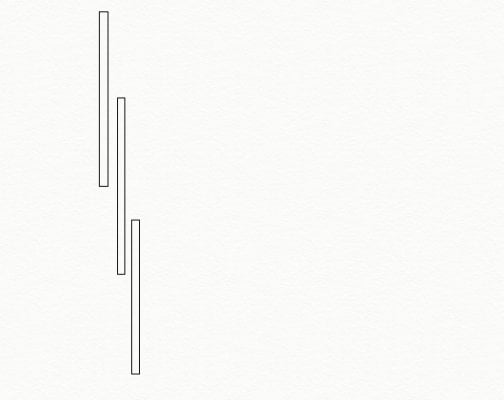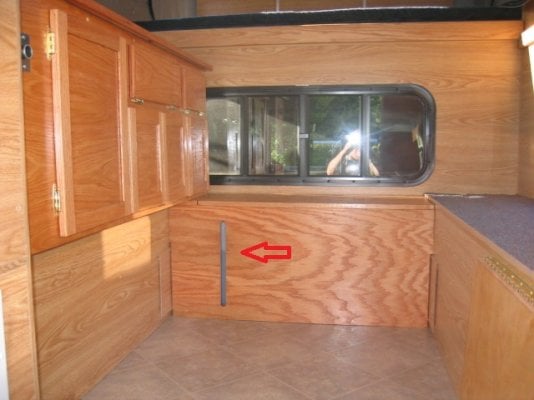We have only had our new Fleet for a little over a month, and I can already see that the the lack of detail on the factory gauge panel is going to be an issue. We have already added a Victron BMV-700 battery monitor to get a better idea of available battery capacity. Now I am looking at the water level gauge. Based on the factory gauge, it is hard to tell the difference between 7 gallons left (stay out for 2 more nights) or 1 gallons left (head for town ASAP). Has anyone installed a higher precision gauge in their camper?
In my brainstorming I have considered adding a sight glass:
https://www.brewhardware.com/product_p/sl.htm
It looks like it would be pretty easy to T into the tank drain line and run a line out to the front of a cabinet for a glass like. This solution seems like it would be very reliable, but maybe a little old school.
I am also looking at electronic options like these:
https://www.garnetinstruments.com/products/709es-sender/
But I can't find a single tank display that would work with this sensor.
Any other ideas or solutions people have had good luck with?
In my brainstorming I have considered adding a sight glass:
https://www.brewhardware.com/product_p/sl.htm
It looks like it would be pretty easy to T into the tank drain line and run a line out to the front of a cabinet for a glass like. This solution seems like it would be very reliable, but maybe a little old school.
I am also looking at electronic options like these:
https://www.garnetinstruments.com/products/709es-sender/
But I can't find a single tank display that would work with this sensor.
Any other ideas or solutions people have had good luck with?




